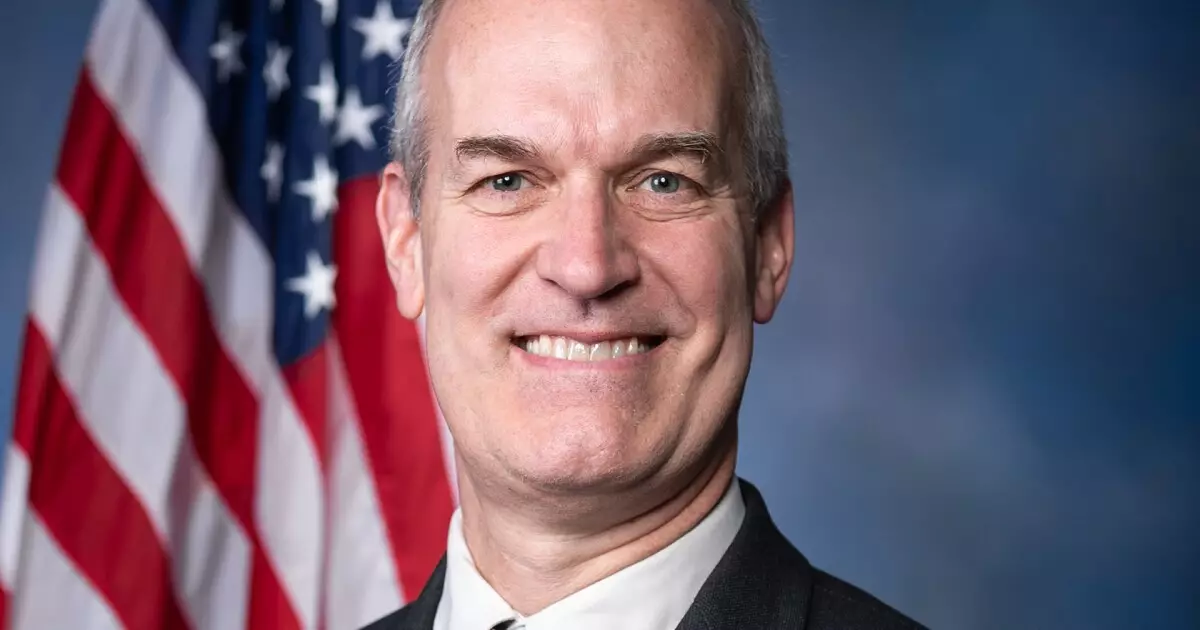Analyzing the Ramifications of Executive Orders on U.S. Transportation Infrastructure

The inauguration of President Trump brought with it a flurry of Executive Orders, one of which sparked immediate backlash from House Democrats and a wave of anxiety among state transportation officials. This particular order aimed to suspend federal grants allocated for local transportation infrastructure projects — a move that was seen as a shock to the system for many stakeholders in the industry. Ranking Member Rick Larsen of Washington’s House Transportation and Infrastructure Committee expressed his disbelief at such a decision being made on the very first day of Trump’s presidency. He articulated that halting these grants could jeopardize millions of dollars, hundreds of thousands of jobs, and numerous projects that span across every congressional district in the nation. This situation raises fundamental questions about the administration’s commitment to bipartisan cooperation in addressing the nation’s infrastructure needs.
Larsen’s comments underscored not just the financial impact, but also the broader implications on job security and economic stability for communities reliant on these projects. While there was bipartisan agreement on the importance of infrastructure investment—evident from the passage of the Bipartisan Infrastructure Law (BIL)—the sudden policy shift indicated a troubling departure from collaborative governance. The emphasis on local projects and the direct funding they generate were jeopardized by this abrupt halt, leaving state and local officials scrambling to understand the implications of the Executive Order.
Additionally, it is vital to consider the ripple effects such actions have on local economies that thrive on federal investment in transportation projects. Federal funding is not merely bureaucratic; it is a lifeline for many communities, creating jobs and fostering economic growth. The fear articulated by industry leaders reflects a genuine concern that political maneuvers can create significant disruptions in ongoing and future projects.
As the Highways and Transit Subcommittee convened for a hearing, industry leaders deliberated over the effectiveness of federal formula funding as compared to discretionary grants introduced by the Bipartisan Infrastructure Law. Subcommittee Chairman David Rouzer pointed out the need for continued scrutiny given that the national debt is heading toward uncharted territories. The IIJA indeed created new avenues for funding, including initiatives focused on sustainability.
However, there is an urgent concern with the Highway Trust Fund, which is essential for providing formula funding to states but faces imminent insolvency by 2027. This ongoing vulnerability, exacerbated by the fact that fuel taxes have remained stagnant since the Clinton era, puts tremendous pressure on federal, state, and local agencies to innovate or risk losing vital funding.
The statistics from the American Association of State Highway and Transportation Officials are alarming; 67% of allocated formula dollars have already been utilized within the first two years, contrasting sharply with the severely low spend-out rates for discretionary grants, which linger below 8%. This discrepancy raises significant questions about the efficacy of current funding models in addressing the pressing infrastructure needs of the nation.
The confusion spawned by the Executive Order has left many in the transportation sector reeling. Industry leaders voiced apprehension about the temporary suspension of federal reimbursement for formula programs. Although immediate clarity was sought from the new administration, the lingering anxiety speaks volumes about the communication dynamics between federal officials and state departments.
Jim Tymon, executive director of the American Association of State Highway and Transportation Officials, emphasized a sense of panic within the industry, which signals a breakdown in the perceived reliability of federal funding mechanisms. Such uncertainty can stifle innovation and delay critical infrastructure projects that have already been greenlit.
As the new administration grapples with balancing tax cuts and deficits, the specter of political infighting threatens to undermine projects that previously received bipartisan support. Matthew Colvin from the Transportation Trades Department at the AFL-CIO reminded lawmakers that not every stakeholder is on board with the IIJA. This inherent division could pose significant hurdles as the administration seeks to move forward with infrastructure initiatives.
In an environment where travel, commerce, and environmental considerations converge, the need for cohesive and forward-thinking policy is more critical than ever. The unpredictability stemming from executive orders must give way to strategic planning that ensures the nation’s infrastructure does not fall victim to partisan squabbles. Without a clear direction and mutual understanding, the promise of robust transportation infrastructure remains tenuous at best. As the repercussions of these actions unfold, it is imperative for legislators to prioritize transparency and unity in efforts to address America’s infrastructure challenges.





